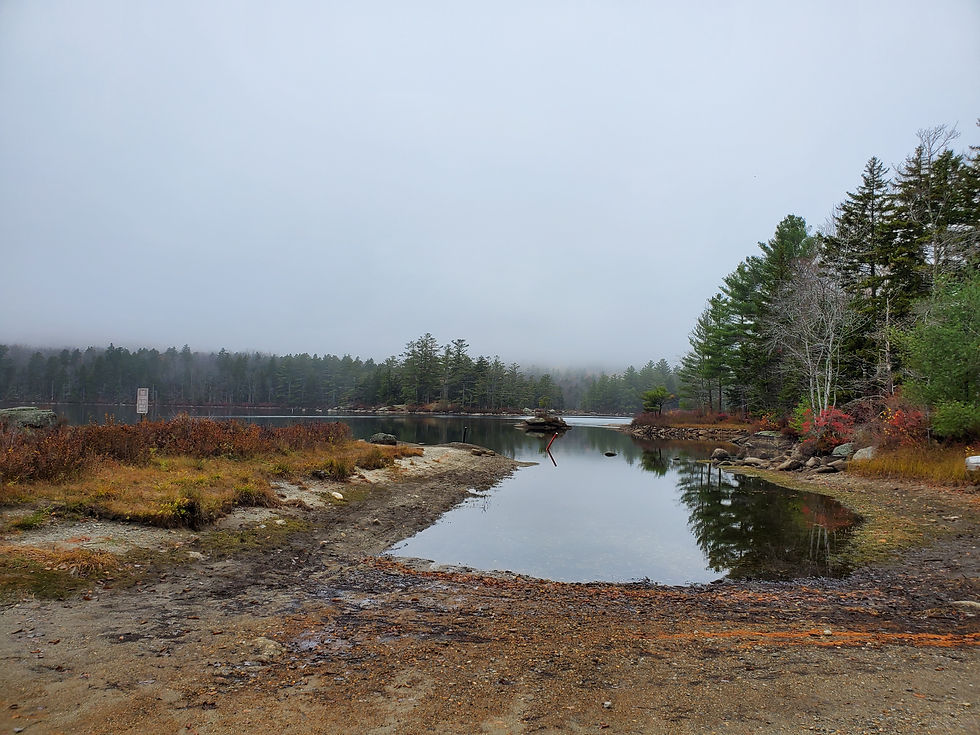Long Pond Lempster New Hampshire




The Common Loon, Long Pond, Lempster, NH
Give the loons some space!
Appreciate loons from a safe distance with a good pair of binoculars. Give nesting and brooding loons a wide berth, at least 50-100 yards. Loons flushed from the nest may abandon their eggs. After lead sinker poisonings, boat collisions are the highest known cause of loon deaths in New Hampshire. Loon chicks are especially vulnerable to boat collisions, and may be exposed to predators if they become separated from their parents.
Get the lead out!
Use non-lead fishing sinkers and jigs, and retrieve broken fishing line. Fishing line entanglement and lead poisoning from sinkers are leading causes of mortality for New Hampshire loons.
Read the signs!
Learn to read the signs of loon behavior. Foraging loons will communicate alarm by squaring their brow and sinking lower in the water-signs that the observer should quickly back away. An agitated nesting loon will lower its head over the edge of its nest, ready to flee. If you see this, move away-you're much too close!
Alarmed loons may also give their famous "laughing" tremolo or yodel calls, spread their wings, and even do an upright "penguin dance". Make sure that you are not the source of the alarm, and then keep an eye out-- when the distress is caused by non-human disturbance, such as the territorial intrusion of another loon, you may get to see a fascinating display of wildlife behavior.

